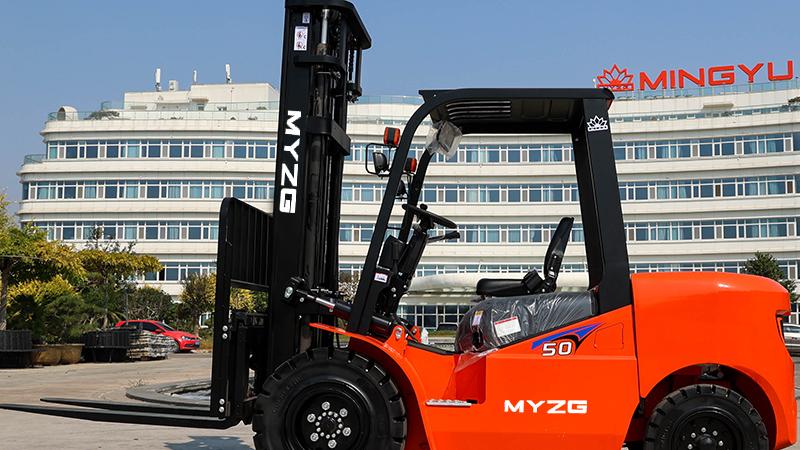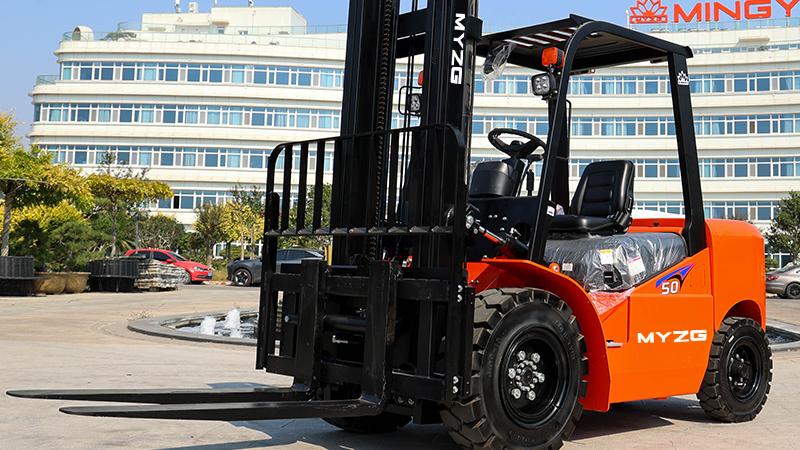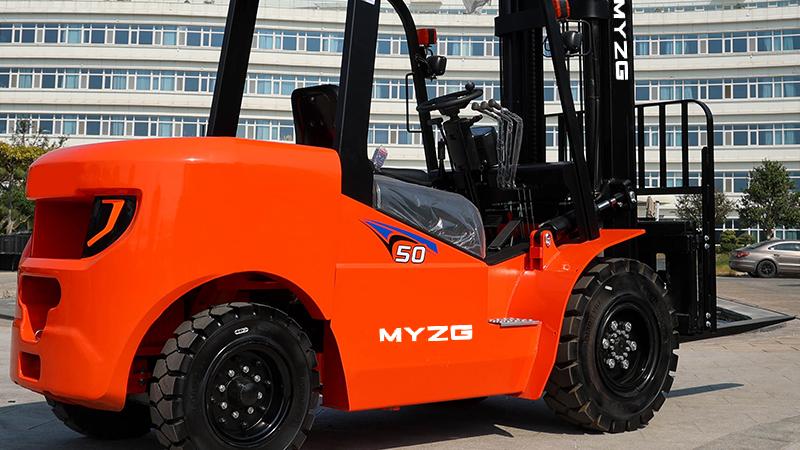Maintaining diesel forklifts through proper daily and weekly maintenance routines represents one of the most crucial aspects of warehouse and industrial facility management. These powerful workhorses of material handling demand consistent attention to ensure safe operation, prevent costly breakdowns, and extend equipment lifespan. A well-structured maintenance regimen not only safeguards your investment but also protects operators and other personnel from potential accidents caused by mechanical failures. This comprehensive guide details all essential inspection points and maintenance tasks that should be performed on diesel forklifts at daily and weekly intervals, providing facility managers and maintenance teams with the knowledge needed to keep their equipment in peak operating condition.The daily maintenance routine for diesel forklifts begins with a thorough visual inspection before the machine is ever started. Operators should walk completely around the forklift, examining the overall condition and looking for any obvious signs of damage or leaks. The inspection starts with checking fluid levels - engine oil, coolant, hydraulic fluid, and brake fluid all need verification at the beginning of each shift. Diesel fuel levels should also be noted, as running out of fuel can introduce air into the fuel system, creating starting problems. All fluid checks should be performed with the forklift on level ground to ensure accurate readings. The engine compartment requires particular attention, with technicians looking for signs of oil or coolant leaks, loose or damaged hoses, and frayed wiring. Battery connections on electric start models should be inspected for corrosion and tightness, while the alternator and starter wiring need verification of secure connections.
Moving to the forklift's exterior components, tires demand careful examination every day. Pneumatic tires should be checked for proper inflation pressure and inspected for cuts, bulges, or excessive wear. Solid tires require inspection for chunks missing or severe wear patterns that could affect stability. The mast assembly and lifting chains need visual inspection for cracks, excessive wear, or distortion, with particular attention paid to the fork heels and blade surfaces where most wear occurs. Hydraulic cylinders should be examined for leaks, scoring, or bent rods that could compromise lifting performance. All safety devices including lights, horns, backup alarms, and warning devices must be tested daily to ensure proper operation, as these are critical for preventing workplace accidents.Operational checks form the next critical component of daily maintenance. After completing the visual inspection and before putting the forklift into service, operators should start the engine and listen for any unusual noises that might indicate developing problems. The exhaust system should be checked for excessive smoke or unusual smells that could signal engine issues. All controls including steering, acceleration, braking, and hydraulic functions need testing to verify proper response. The parking brake should be tested on a slight incline to confirm it will hold the loaded forklift stationary. During this operational testing, the dashboard warning lights and gauges should be monitored for proper function, as these provide vital information about the forklift's operating status throughout the shift.
Weekly maintenance tasks build upon the daily checks with more thorough inspections and preventative measures. The engine air filter requires weekly inspection for diesel forklifts operating in normal conditions, with more frequent checks needed in dusty environments. A clogged air filter can significantly reduce engine performance and fuel efficiency. The fuel system needs examination for leaks at the fuel pump, injectors, and all connections. Diesel fuel filters typically require weekly draining of water accumulations, with complete replacement at manufacturer-specified intervals. The cooling system demands weekly verification of coolant levels and concentration, with visual inspection for leaks in the radiator, hoses, and water pump. Belt tension should be checked and adjusted if necessary, as loose belts can lead to overheating and reduced performance.Hydraulic system maintenance forms another critical weekly task. The hydraulic oil level should be checked with the forks fully lowered, and the oil inspected for contamination or discoloration that might indicate problems. All hydraulic hoses and connections need examination for leaks, cracks, or abrasions that could lead to failures. The mast channels should be lubricated according to manufacturer specifications, with particular attention to pivot points and bearings. The chain tension should be verified and adjusted if needed, as loose chains can affect lifting capacity and stability. For forklifts with side-shift features, these mechanisms require weekly lubrication and inspection for smooth operation.
The electrical system requires comprehensive weekly attention beyond the daily checks. Battery terminals should be cleaned if corrosion is present, and connections tightened to ensure good electrical contact. All wiring should be inspected for fraying or damage, with particular attention to areas where wires pass through metal or rub against components. Lights, including headlights, taillights, and warning lights, need verification of proper operation and lens condition. The charging system should be tested to ensure proper voltage output, as both undercharging and overcharging can reduce battery life. All safety switches, including seat switches and interlock systems, must be tested weekly to confirm proper function.Undercarriage and structural components demand weekly inspection to identify developing problems before they become serious. The frame and overhead guard should be examined for cracks or damage that could compromise structural integrity. Steering components including tie rods, drag links, and kingpins need inspection for wear or looseness that could affect control. Wheel bearings should be checked for play and lubricated according to schedule. Brake components including pads, drums, and hydraulic connections require examination for wear and proper adjustment. The drive axle and transmission should be inspected for leaks and unusual noises that might indicate internal problems.
Post time:Aug.14.2025



